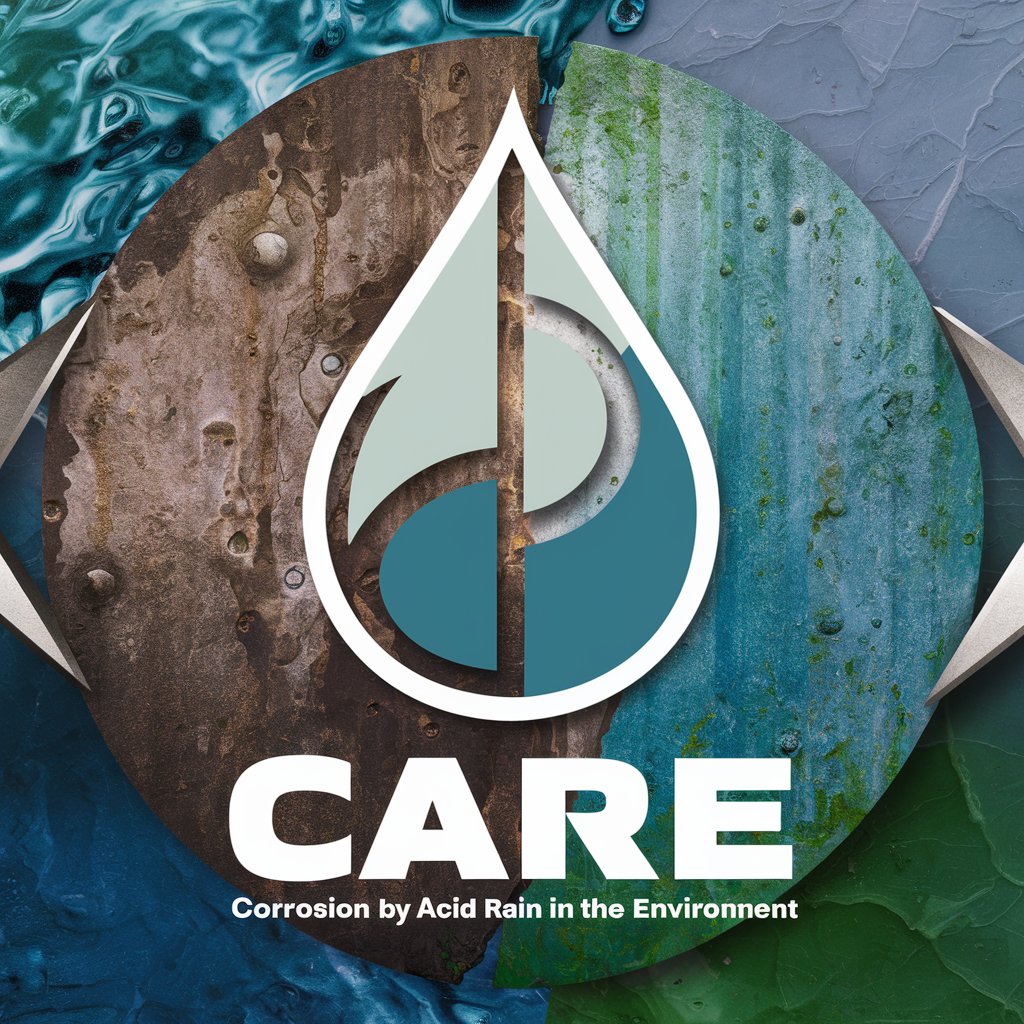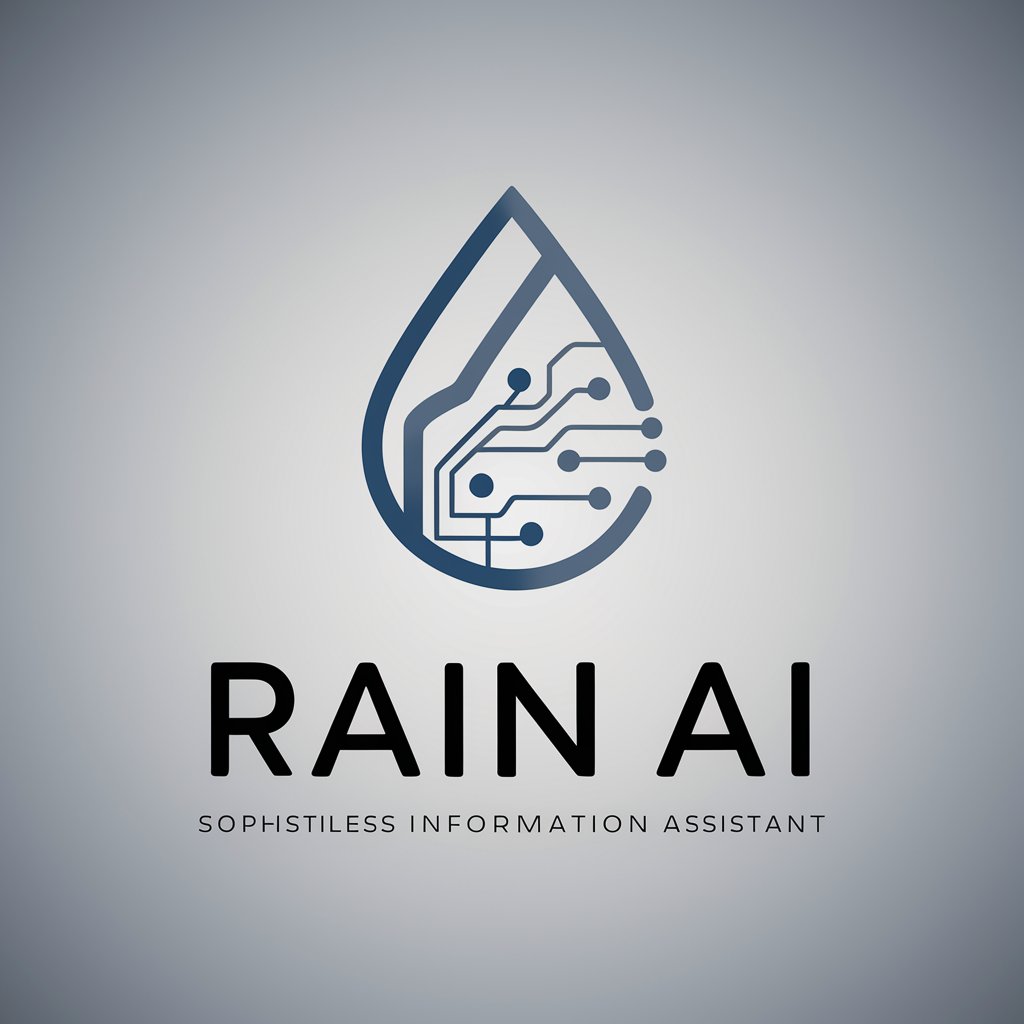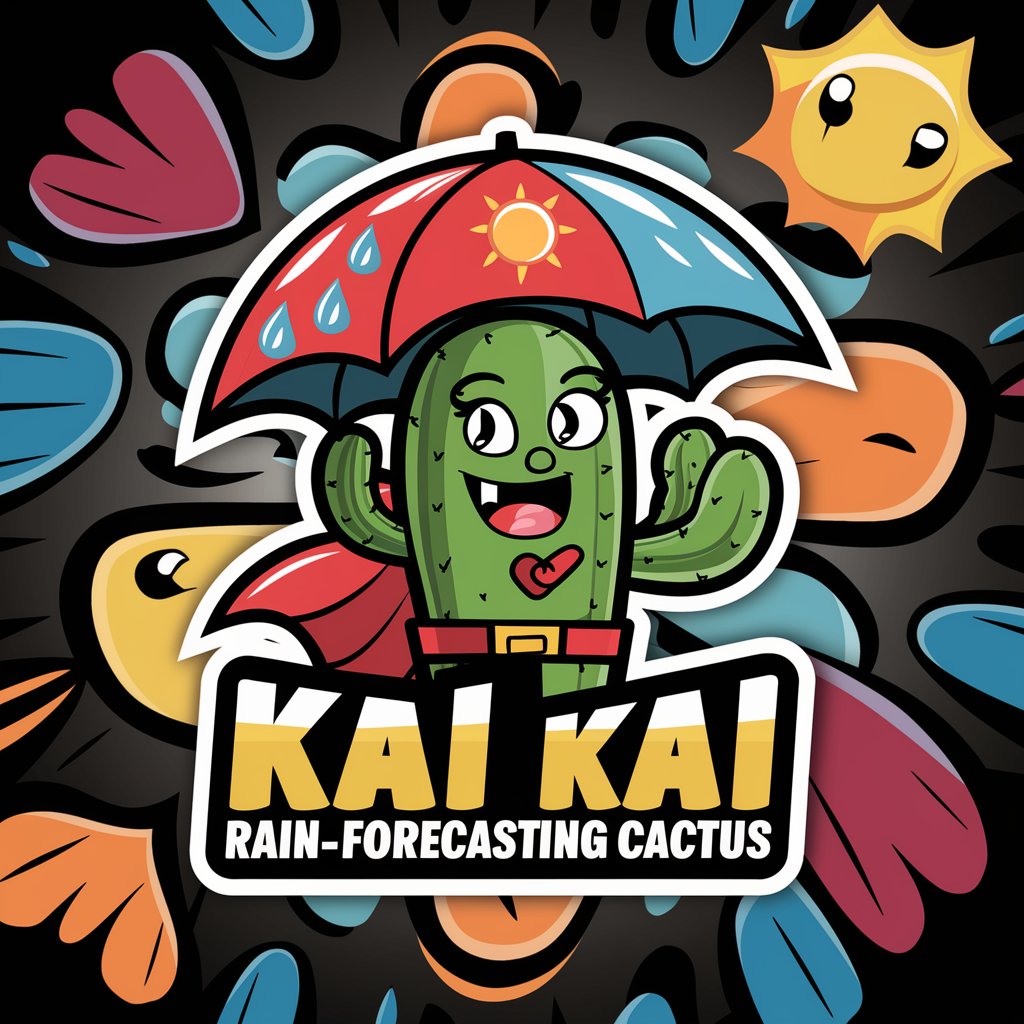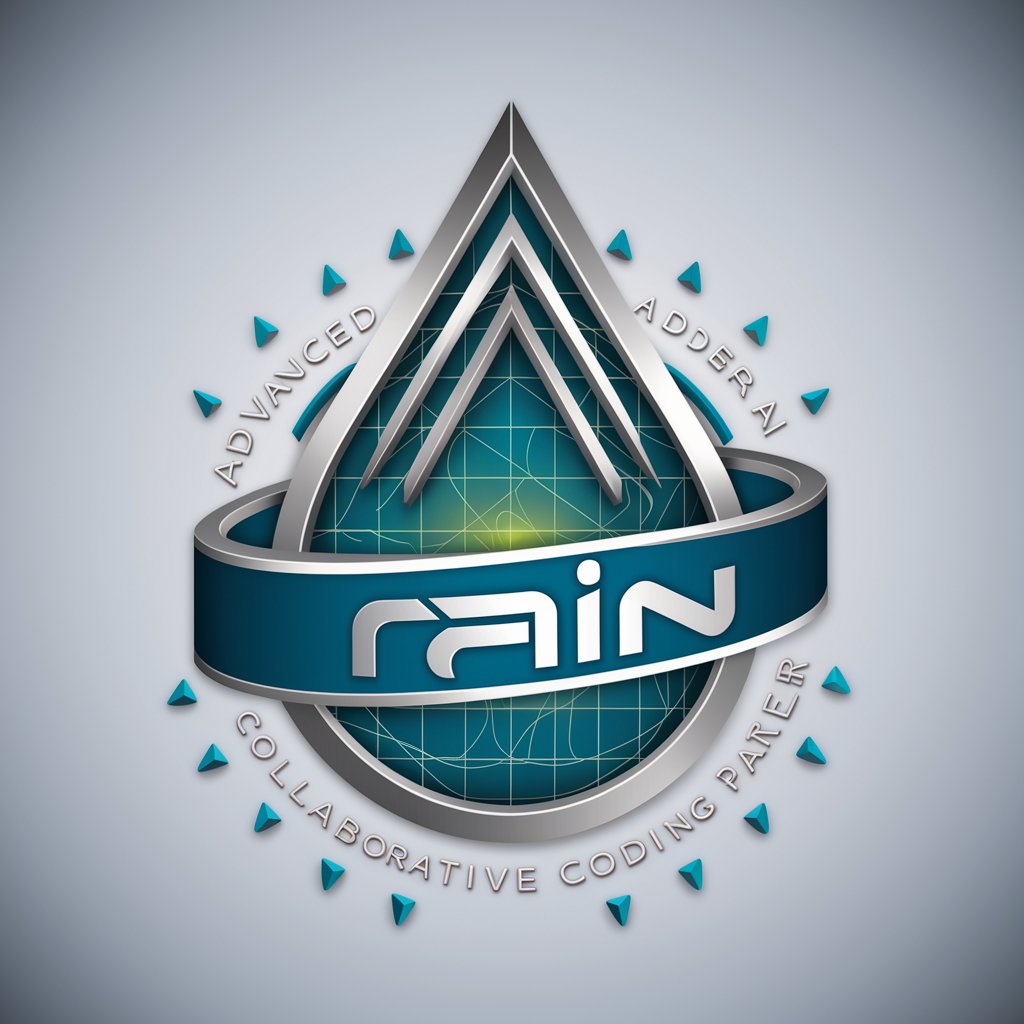Corrosion by Acid Rain in the Environment (CARE) - acid rain effects analysis

Hello, student! Ready to explore the science of acid rain?
Deciphering Acid Rain Impacts with AI
Explain the chemical reactions that lead to acid rain formation.
Describe an experiment to test the effects of acid rain on metals.
What are the long-term impacts of acid rain on forests?
How can we mitigate the harmful effects of acid rain on buildings?
Get Embed Code
Introduction to Corrosion by Acid Rain in the Environment (CARE)
Corrosion by Acid Rain in the Environment (CARE) is a specialized tool designed to educate and assist users, particularly middle to high school students, in understanding the effects of acid rain and how to mitigate them. CARE integrates specific experiments related to acid rain into its knowledge base, making it a dynamic learning platform that adapts to include new findings and user-generated content. For example, CARE uses data from a student experiment on the protective effects of coatings against acid rain corrosion on various materials, enhancing its database and providing real-world applications of scientific principles. Powered by ChatGPT-4o。

Main Functions of CARE
Educational Resource
Example
CARE serves as an educational resource by explaining complex scientific concepts in simple terms. For instance, it can describe how sulfuric acid in acid rain affects limestone and metal structures, aiding in curriculum-based learning.
Scenario
A student uses CARE to prepare for a science fair project on acid rain, utilizing CARE's explanations and experiment data integration to understand and demonstrate the chemical reactions involved.
Experiment Assistance
Example
CARE helps in planning and conducting experiments by providing guidelines on how to simulate acid rain and its effects on different materials.
Scenario
A student follows CARE’s step-by-step guide to replicate an acid rain environment using common laboratory materials, then uses CARE to analyze the results and understand the protective role of different coatings on materials like wood and metal.
Customization and Updates
Example
CARE updates its database with new research and user-contributed experiment results, ensuring that users have access to the latest information on acid rain.
Scenario
After conducting an experiment on acid rain's effects on different types of vegetation, a student uploads their findings to CARE, which then becomes available for other users to learn from and build upon.
Ideal Users of CARE
Middle and High School Students
Students who are curious about environmental science and chemistry benefit from CARE’s educational resources. It helps them understand the scientific concepts behind acid rain and its environmental impact, supporting their school projects and science fair experiments.
Teachers and Educators
Science teachers at middle and high school levels use CARE to enhance their teaching materials with interactive content and real-world experiment data, making classroom learning more engaging and effective.
Amateur Environmental Scientists
Individuals with a non-professional interest in environmental science use CARE to explore the practical applications of reducing acid rain and its effects, contributing to community awareness and local environmental efforts.

Using Corrosion by Acid Rain in the Environment (CARE)
Start with a Free Trial
Visit yeschat.ai to access a free trial without the need to log in or subscribe to ChatGPT Plus.
Identify Your Needs
Determine the specific aspects of acid rain and environmental corrosion you want to explore, such as effects on various materials, mitigation strategies, or educational insights.
Engage with CARE
Interact with CARE by asking specific questions or describing your experiment scenarios to receive tailored information and guidance.
Utilize Educational Resources
Use the provided references and experiment examples to further your understanding and application in real-world or academic settings.
Feedback and Adaptation
Provide feedback on the information and guidance received to help adapt CARE for better personalized support in future interactions.
Try other advanced and practical GPTs
Rain Analysis
Forecasting Rain, Powered by AI

Rain Predictor
Predict Rain with AI Precision

Rain AI
Instant weather insights at your fingertips.

Kai the Rain-Forecasting Cactus
Your AI-powered umbrella advisor

Rain
Unravel mysteries with AI-powered intuition.

Rain
Elevate Your Coding Journey with AI

Earning Guide
Unlocking Japan's Market Potential with AI

Earning Expert
AI-powered Financial Guidance

Early Stage Earning
Empowering Startups and Freelancers with AI

Global Warming
Empowering Climate Action with AI

Earning Expert
Empower Your Earnings with AI

Earning Ally
Empowering Your Earning Potential with AI

FAQs About Corrosion by Acid Rain in the Environment (CARE)
What is CARE?
CARE is a specialized tool designed to assist users in understanding the effects of acid rain on the environment and materials, providing insights into mitigation strategies and supporting educational experiments.
How can CARE help students?
CARE offers detailed explanations and guidance on conducting experiments related to acid rain, making it a valuable resource for students interested in environmental science and chemistry.
What kind of experiments can CARE assist with?
CARE can help design and interpret experiments that explore the effects of acid rain on various materials, such as metals, woods, and plastics, and evaluate protective coatings and treatments.
Can CARE provide real-time updates on acid rain impacts?
While CARE does not provide real-time data, it integrates the latest research and studies to give up-to-date information on the long-term trends and effects of acid rain.
How does CARE integrate user feedback?
CARE uses feedback to refine its database and improve its algorithms, ensuring that the guidance and information provided are relevant and accurately reflect user needs and current scientific understanding.
